Vertical Entertainment is the distributor behind titles such as The Forgiven starring Jessica Chastain and Mark Walberg’s Joe Bell, but it is their darker films that have been garnering a lot of attention lately, two being Emily the Criminal starring Aubrey Plaza and Winona Ryder’s Gone in the Night, which premiered at SXSW. Another one of their new slashers worth checking out is Jimmy Giannopoulos’ Alone at Night starring Ashley Benson (Pretty Little Liars) and Luis Guzman (Wednesday). The terrifying tale follows Vicky (Benson), a young woman looking for an escape after going through a harrowing breakup. After retreating to a friend’s remote cabin in the woods to clear her head, she continues modeling sexy lingerie for her devoted followers on 18 & Over, an adults-only, live-streaming website. But when the power goes out, Vicky discovers something terrifying awaiting her in the dark — a masked killer wielding a crowbar who’s hellbent on bringing her night to a grisly end.
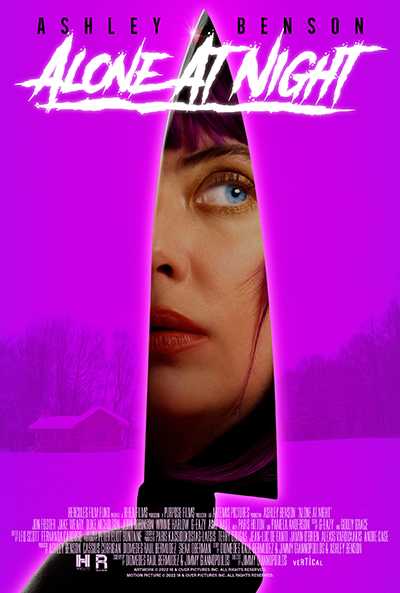
Giannopoulos was adamant he wanted the look of Alone at Night to resemble his favorite B-horror movies of the 80s/90s, so he enlisted cinematographer and horror buff Peter Buntaine to make this happen. In the below exclusive interview, Peter breaks down how they achieved the very niche look and much more.
How much pre-production time did you have between signing on to Alone at Night and when shooting began? If you had a little more time, would anything have been different?
It is a bit hard to answer because we were shooting during the pandemic, so what happened was we would prep the movie for a couple weeks, be good to go, then someone would get COVID and we had to push the film a month. Then that would mean losing a location, or another actor, or the budget would change because of new COVID guidelines, so prep would have to start over in a way. It was very touch and go for months, whether or not it would happen at all. In the end though, I felt like there was ample prep time, but not enough shoot time.
-Can you talk about the Trap House segments. Where was that filmed? What was your direction for those?
Trap House was the most fun part of the shoot for sure. It was on the last day, we were back from the snowy mountains and they had rented a mansion in LA. All the performers were easy going and funny, Jimmy would more or less give them prompts and let them go after it. Although there was a script for the segments, he would all throw out ideas for jokes and see what landed. It was a pretty loose and collaborative atmosphere. Then we had the confessional room running on its own all day – so when an actor wasn’t in a scene, they could go do their confessional bits while the main unit was shooting the scene. I really liked to imagine those segments as in a Verhoeven movie like Robocop where he has all the fake TV ads play as part of the world building.
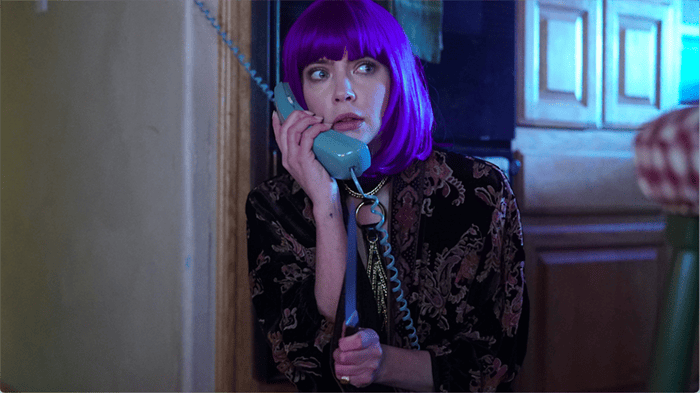
-You have worked on a lot of documentaries. How different is your approach to a horror film?
The thing about documentaries is to position yourself in the right place, in the right light to capture the scene, to hold space for the subject to feel safe and be authentic to themselves on camera, and to get the coverage you need to tell the story. It is not so different in fiction, but you can take everything to the next level aesthetically because you can plan ahead: setting the lighting, art direction and camera equipment. And your subjects are professional performers, so you can ask a lot more of them. But you still need to build a similar trust. How I generally like to work, when I can, is to get on a set that I can shoot in (almost) 360 degrees and respond to the actors and work with them in a fluid way, and build the camera moves and angles organically from there. Then of course, you need to modify lighting for some nicer looking close-ups and such or some specialty camera moves. So in a way I think I draw on my documentary experience. I like to work in sets that are their own worlds. And I like to move fast, but not rush.
-Was there a specific color palette you wanted to stick to for Alone at Night? If so, why did you choose these?
One of the first things I said to the director after reading the script was that I thought the moonlight should feel really extreme. That heightened aesthetic of neon “movie” blue. Very fake in a way. We also worked with a pink light to symbolize the 18 & Over app, and the app interface on the laptop motivated that pink. But that pink also came to symbolize the killer for us, since he was from that app. Those were our main colors. As the movie goes along, we pushed more of that pink color into the moonlight as the killer zeroes in on Ashley. I’m not sure how noticeable that is but you would see it if you jumped between the first nighttime scene and the last one for sure.
-You have said that you had a lot of references to draw from for Alone at Night. What were those?
The top two references for the look, for me, were Pumpkinhead and Demon Knight. Beyond that, we did a lot of nods to classic horror movies that are a little tongue-in-cheek. Like we have them playing around with a Jason mask and stuff like that. We talked a lot about B-movie, straight-to-video horror from the 90s as being an interesting touchstone to draw on, because as we were shooting in the pandemic it seemed likely that this would go right to streamers: the modern version of a direct-to-VHS release.
-What was the most difficult shot in Alone at Night? Why?
It is not a big moment, and it is cut up in the edit, so maybe it didn’t even need to be that difficult, but we did a long tracking shot through a crawlspace. It’s the type of thing you would want to use a dolly for, but it was too tight. We had to create a rig with a longboard, a gimbal, a really stripped down camera and a sort of pulley system to move it long. That was honestly pretty easy compared to standing around in the cold all night long for the exteriors though.
-You are a big horror fan. Why does this genre stick out to you more than others?
Why I like working in the genre is the same reason I like watching it: it contains so much variety and experimentation. From parodies, to B-movies, to found footage films, really artsy and pretentious stuff, to just horrific and disturbing media; it all lives in the same genre and it’s wonderful.
-What was the last horror film you watched?
Just watched Skinamarink and it was great. A great example of what we were just talking about; how different a horror movie can be.
One Comment
Comments are closed.



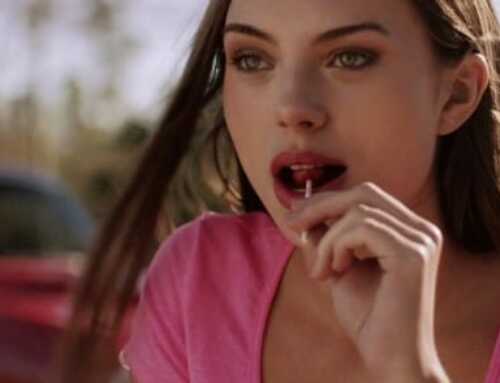
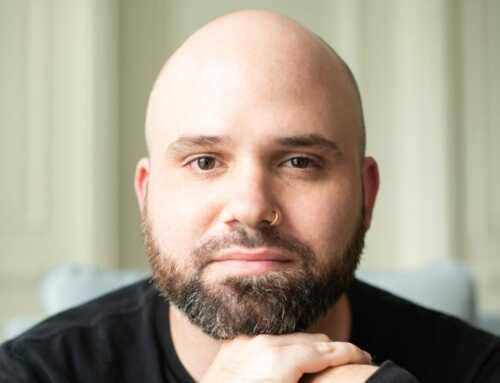
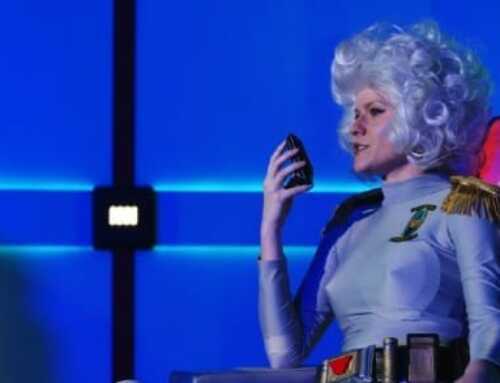
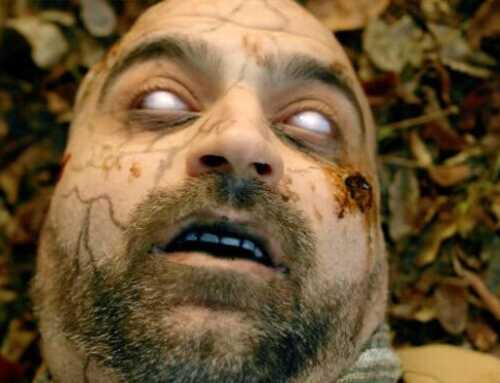
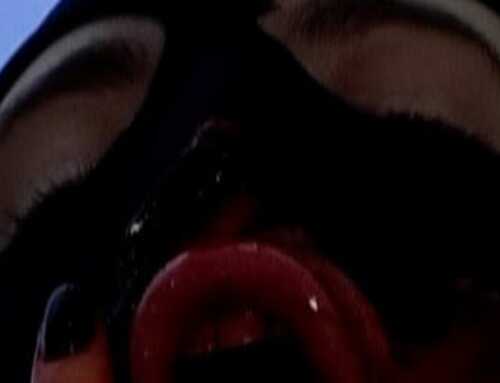
[…] Jordan von Netzer Source link […]